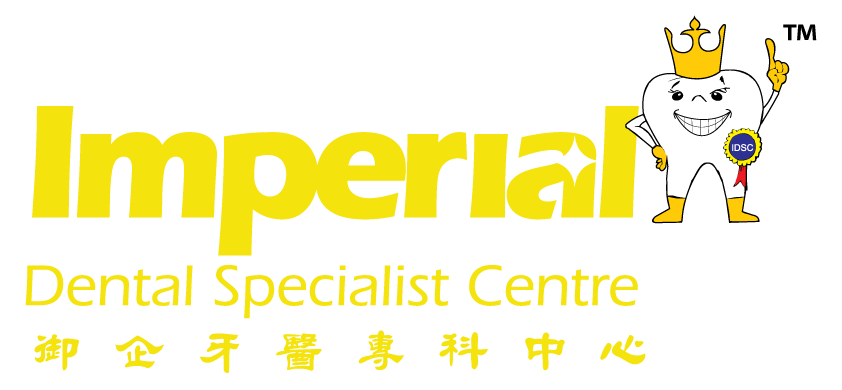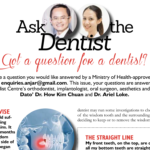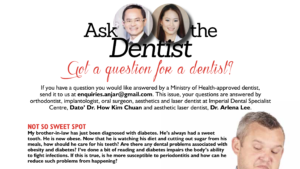 Dental Digital Imaging with Dr. Stephanie Chong
Dental Digital Imaging with Dr. Stephanie Chong
The Advantages of Diagnostic Imaging
Diagnostic imaging and techniques help to develop a more cohesive and comprehensive treatment plan not only for dental surgeons and their teams but patients too. Diagnostic imaging can be used for several purposes including decayidentification beneath pre-existing fillings, disclosure of bone loss accompanied by periodontitis, and revelation of changes in the bone or root canal due to infection. In addition, diagnostic imaging also has capabilities of disclosing abscesses and other developmental abnormalities such as cysts and tumours and assist in treatment plans for implants, orthodontics,
cohesive and comprehensive treatment plan not only for dental surgeons and their teams but patients too. Diagnostic imaging can be used for several purposes including decayidentification beneath pre-existing fillings, disclosure of bone loss accompanied by periodontitis, and revelation of changes in the bone or root canal due to infection. In addition, diagnostic imaging also has capabilities of disclosing abscesses and other developmental abnormalities such as cysts and tumours and assist in treatment plans for implants, orthodontics,
dentures, undermined caries and other dental procedures. The imaging modalities can be divided into two-dimensional and three-dimensional modalities. Such images can include periapical radiographs, panoramic radiographs, occlusal radiographs, lateral cephalograms, posteroanterior skull
views, cone beam computer tomography or CT scans and many more.
Digital Versus Conventional Radiographs
Once photographic film has been exposed to X-ray radiation, it needs to be traditionally developed via certain processes which expose the film to a series of chemicals in a dark room as films are sensitive to normal light. This process is not only time-consuming; patients too could be exposed to additional radiation if retakes are necessary due to incorrect light exposures or mistakes in the imaging’s developmental processes. Digital x-rays, which replace the film with an electronic sensor,
address some of these issues and are fast becoming the gold standard in dental digital imaging. Apart from needing less radiation, digital radiographs are processed at a much quicker pace, often instantly viewable on a computer screen.

Why are digital radiographs necessary for dental
imaging?
Your practitioners will always weigh t
he pros and cons of recommending dental radiographs, as he or she understands the risks associated with radiation exposure. Hence, a dentist’s decision to take an X-ray has to always be patient-specific and risk-based. Because modern X-ray devices and image capturing are highly sensitive, the amount of radiation required for diagnosis is extremely minimal, almost next to nothing if patients are frequent flyers and constantly in a plane. Furthermore, dental radiographs only takes images of necessary structures so patients can be rest assured that other bodily tissues will not be exposed to radioactive energy. For further precaution, your dental practitioner may even encourage
patients to shield the rest of their bodies by wearing a lead apron as a precaution and for improved safety.

Dental Digital Imaging with Dr. Stephanie Chong






